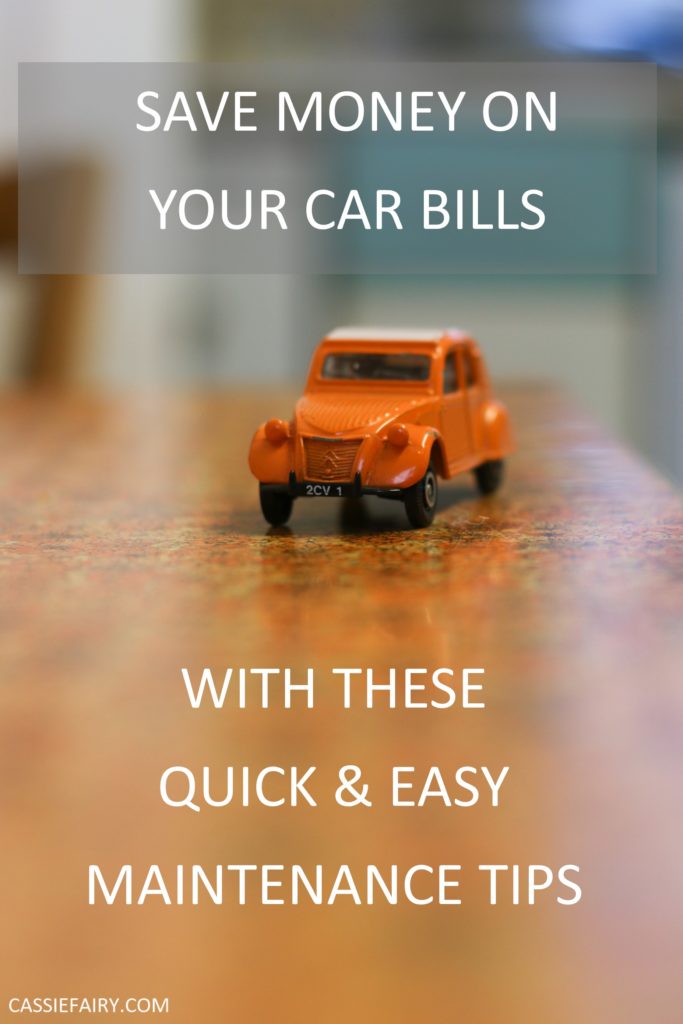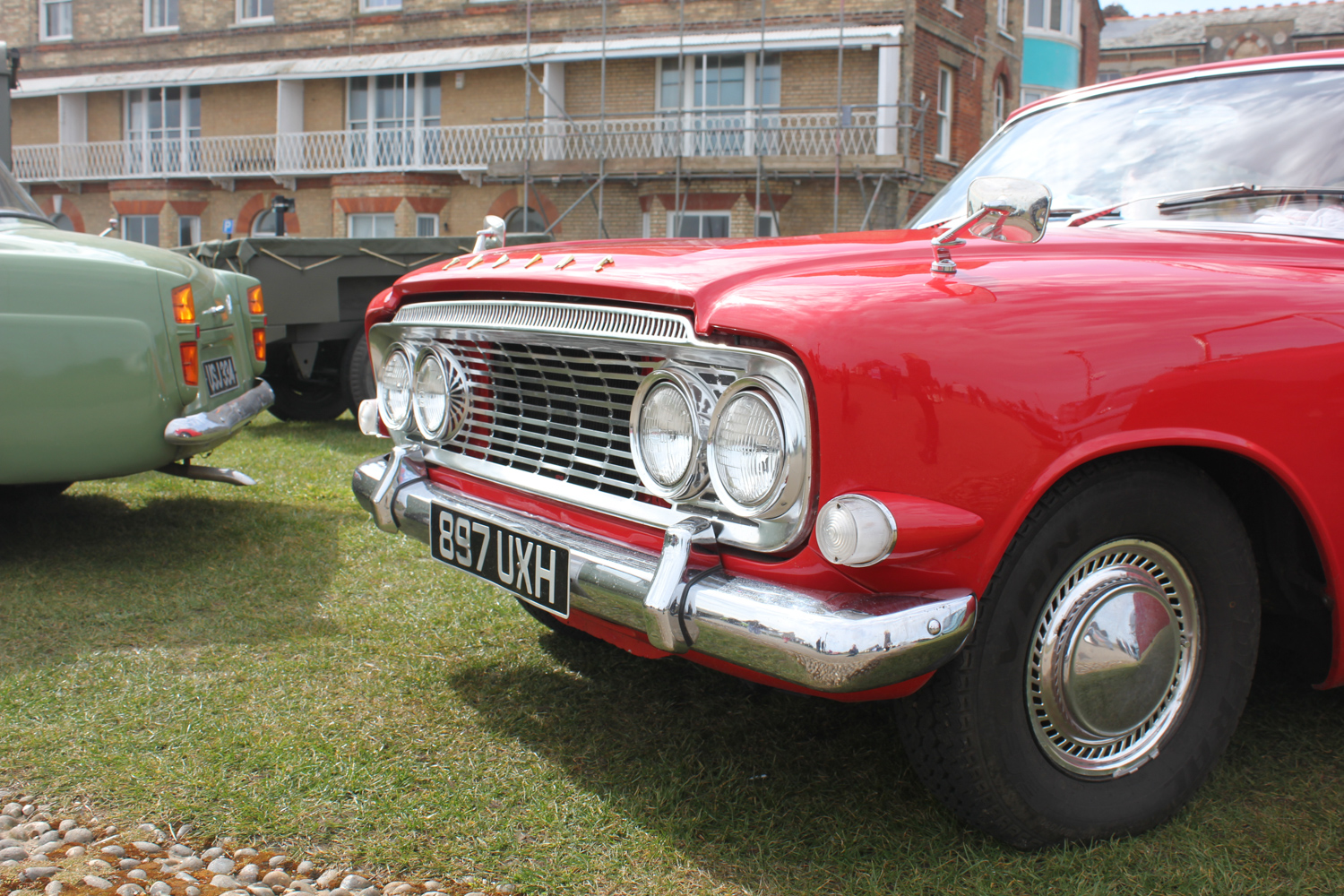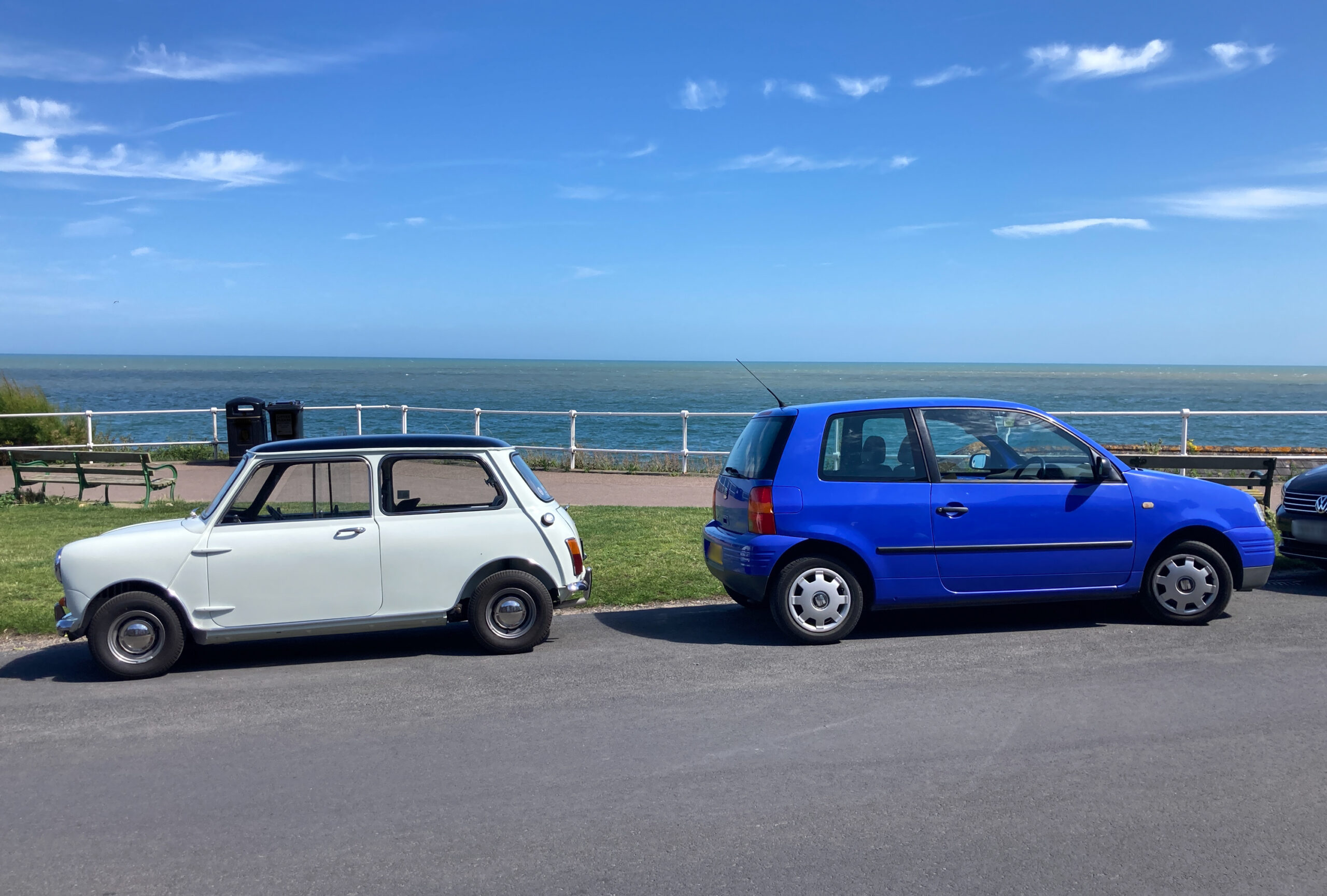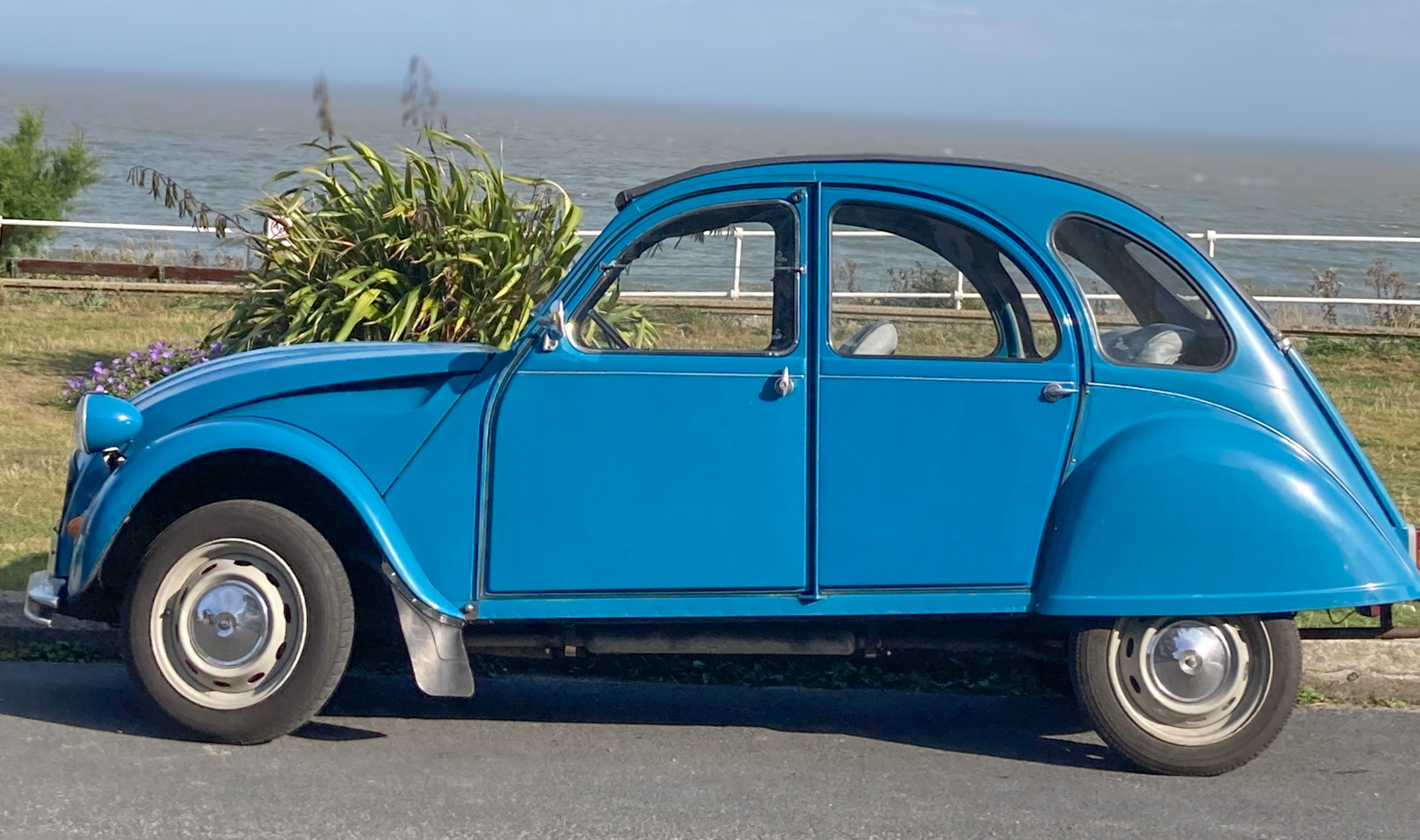Having recently acquired a new-to-me secondhand car after my previous vehicle failed its MOT in spectacular fashion last month, travel costs are currently at the forefront of my mind. The trouble we had with getting around in a rural area without a car was unbelievable – thank goodness it was only for a couple of days. So, now that I’ve got a reliable vehicle, I’m planning to stay on top of the maintenance in order to keep it running for as long as possible.

Did you know that the average driver spends £574 on car maintenance a year? I guess it all adds up – the occasional new tyres, the coolant and oil top-ups, the replacement bulbs and so on – not to mention the cost of MOTs or services. And if you don’t keep an eye on your car with regular checks, all manner of things could be going wrong and, lo and behold, it fails its MOT and you find yourself on a 2 hours bus journey to buy a replacement vehicle! Or maybe that’s just me??
I have to admit, I haven’t been particularly interested in vehicle maintenance in the past. To give you an example, I was pretty chuffed with myself on the day that my screen-wash ran out and I was able to pull into a garage, pop the bonnet and refill it with a bottle I had in the boot. Yes, I was smug for a good 5 minutes after that. And with good reason: apparently 1 in 8 drivers don’t even know how to open the bonnet on their car! And even if they did get it open, 1 in 6 drivers know nothing about what’s under their car bonnet.
I mentioned last month that a new car is just one of the many financial commitments I don’t have so, with an older vehicle to maintain, I wanted to look up some simple maintenance tasks that I could do to ensure that my car keeps running smoothly. Not only will these fortnightly, monthly and yearly checks help to keep my vehicle in good condition, it’ll also allow me to solve any problems as soon as they arise – and before they become bigger, more costly issues. Here are some vehicle maintenance tips that might help you too:
ONCE A FORTNIGHT
- Check tyres for pressure. You’ll find details of the recommended pressure in your vehicle handbook and can check the PSI when you’re at the petrol station. If you top up the air as needed, your vehicle may cost less to run as less resistance improves fuel efficiency.
- Check tyres for condition and tread. Spotting a slow puncture early mean you can have it fixed at low cost before it becomes a bigger problem. And if you’re keeping your tyres at the correct PSI you’re helping to prolong the life of the tyre tread.
- Check engine oil dipstick and top up as necessary.
- Check coolant (while the engine is cold) and ensure it’s between the minimum and maximum levels. In cold weather, add antifreeze as necessary.
- Top up screen wash as necessary (that’s something I’m good at!)
ONCE A MONTH
- Check all your lights and replace any bulbs if needed. It’s as easy and turning on your lights and walking around the car to check them. Don’t forget the indicator, hazard lights and fog lights.
- Ensure your windscreen has no cracks or larger chips. Small chips can quickly become large cracks, especially in the upcoming colder winter weather when it’s frosty, so it’s worth getting a chip fixed straight away as opposed to ignoring it until it worsens. Your insurance may cover the cost of windscreen repairs and replacements so there’s no reason not to do it.
- Give the bodywork a once over to check for any signs of rust or damage – perhaps while cleaning it?
- Check all your fluids including power steering fluid and brake fluid and get these top up as necessary – see your owner manual for where exactly these are in your car.
- Wash your car. Bird droppings are seriously corrosive to paintwork and if you live near the coast, salt build up is also corrosive and causes rust so you might need to wash the car more than once a month if you’re coastal.
ONCE A YEAR
- Windscreen wipers need changing roughly once a year, which is why they are usually a standard addition to any MOT bill. However, they might need changing or sooner if they show signs of not working properly. There are loads of YouTube videos on how to do this for individual car models – and buying them and changing them yourself is much cheaper than getting a garage to do it.
- The dreaded MOT. Clean your car, take it into the garage in advance of the MOT expiry date and be ready to use a courtesy car if your vehicle needs work in order to pass the test.
- Follow the manufacturer’s service schedule – it keeps the value of your car up and prevents costly problems from occurring down the line.
All of these tips should help you to stay on top of maintenance and spread the cost of repairs or tasks over the year. Buy refills of oil, screenwash, coolant etc as soon as you run out so that you don’t have an excuse not to maintain your car each month. And, in preparation for your annual car serve and MOT try to put aside money each month so that you have a budget for it when the time comes, or you could take out a pay monthly service plan to spread the cost. Plus, you could ask your garage if they offer a mini-service deal (ours is £15 per year), which might include things like a winter check-up, priority booking for repairs and MOTs, or use of a courtesy car etc. You’ll never know if you don’t ask!

Although keeping up with car maintenance is a great way to save money over the life of your vehicle, you can always do more.
Did you know that drivers can save 15% or £120 or more on car insurance every month just by switching insurers? You can even find low-cost insurance for bad-record drivers on sites like Cheap Insurance, which instantly populates car insurance quotes based on your insurance needs and zip code. Typically, you’d have to call around to find the best rate, but online comparison sites make it much easier for drivers to shop for low-cost car insurance.
Let me know what you do to maintain your vehicle during the year (especially in the winter) in the comments below and I’d love to hear about the times when you felt smug because you were able to do a task under the bonnet of the car yourself!
PIN IT FOR LATER

This article is a sponsored collaboration. The pink links in the content indicate a sponsored link or information source. The blog post reflects my own experience and the sponsor hasn’t had any control over my content 🙂






















